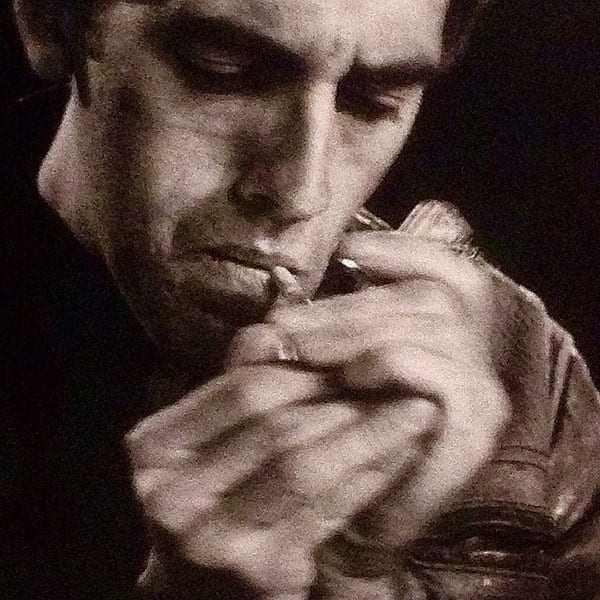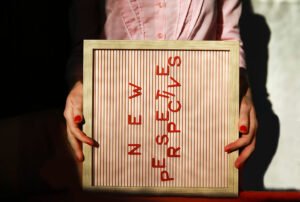
January 11, 2019; New York Times
After an eight-year ban on funding the Smithsonian, the Andy Warhol Foundation for the Visual Arts has awarded it a grant to support a retrospective exhibit of activist artist Oscar Howe at the Smithsonian’s National Museum of the American Indian. The Foundation’s choice of how to break its own ban, reinforces its original point, not just about censorship in general but about the exclusion of marginalized narratives.
The funding ban has been in place since the National Portrait Gallery bowed to pressure and removed a video by David Wojnarowicz from its 2010 exhibit “Hide/Seek: Difference and Desire in American Portraiture.” The foundation had supported that exhibition and saw the move as an act of “blatant censorship.” The New York Times reports that:
Wojnarowicz’s video came under fire from the Catholic League and members of the House of Representatives for its perceived disrespect to Christianity. One image—of ants crawling on a crucifix—was singled out for criticism. At the time, Martin E. Sullivan, the director of the National Portrait Gallery, said that the aim of the work was to articulate “the reality of the suffering of the AIDS epidemic in Latin American culture,” not to criticize or demean Christianity. Nevertheless, the piece was removed from the exhibition. (Wojnarowicz died at age 37 of AIDS-related complications in 1992.)
ArtForum describes the incident in further detail:
While the institution issued a statement titled “Smithsonian Stands Firmly Behind ‘Hide/Seek’ Exhibition” a month after the show opened, it still opted to pull the video.
Sign up for our free newsletters
Subscribe to NPQ's newsletters to have our top stories delivered directly to your inbox.
By signing up, you agree to our privacy policy and terms of use, and to receive messages from NPQ and our partners.
“We removed it from the exhibition Nov. 30 because the attention it was receiving distracted from the overall exhibition, which includes works by American artists John Singer Sargent, Andy Warhol, Jasper Johns, Annie Leibovitz, and Georgia O’Keeffe.”
Hardly a credible statement under the circumstances, but clearly memorable for its lack of integrity.
At the time, Joel Wachs, president of the Andy Warhol Foundation, demanded that the work be returned. “Such blatant censorship is unconscionable,” he said. “It is inimical to everything the Smithsonian Institution should stand for, and everything the Andy Warhol Foundation does stand for.” When the work was not restored, the foundation board’s board unanimously decided to suspend funding for all Smithsonian museums.
Wachs says the ban has been discussed each year since it was instituted but, until now, the foundation was not convinced its point was made. “We believe that the ban has had its intended effect of promoting freedom of artistic expression at the national level,” Wachs writes in the statement announcing the repeal. “The Smithsonian has also demonstrated a strong track record of highlighting underrepresented artists over the past eight years, which aligns well with the Foundation’s core values.”
“While Wojnarowicz and Howe were very different artists working in different circumstances, both fiercely advocated for the visibility and inclusion of marginalized perspectives in contemporary art discourse,” Wachs says. “Both were driven by a belief that communities should take control of their own narratives, particularly in the face of misguided (and malicious) attempts by others to do it for them.”
The $100,000 grant to the Howe retrospective was announced this week separate from other grants being made by the Foundation. The exhibit it supports includes will include 75 works, some of which have never before been shown publicly.—Ruth McCambridge













